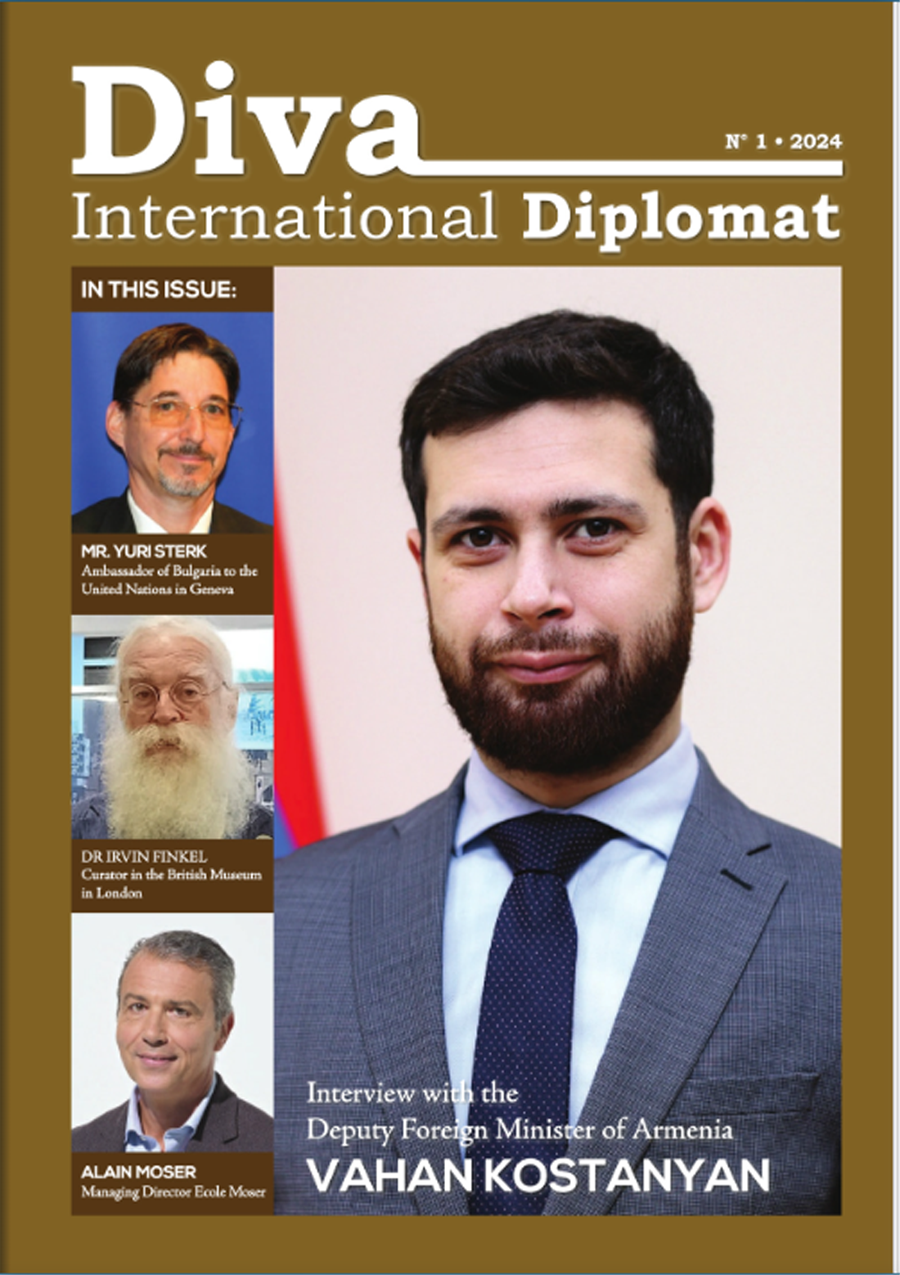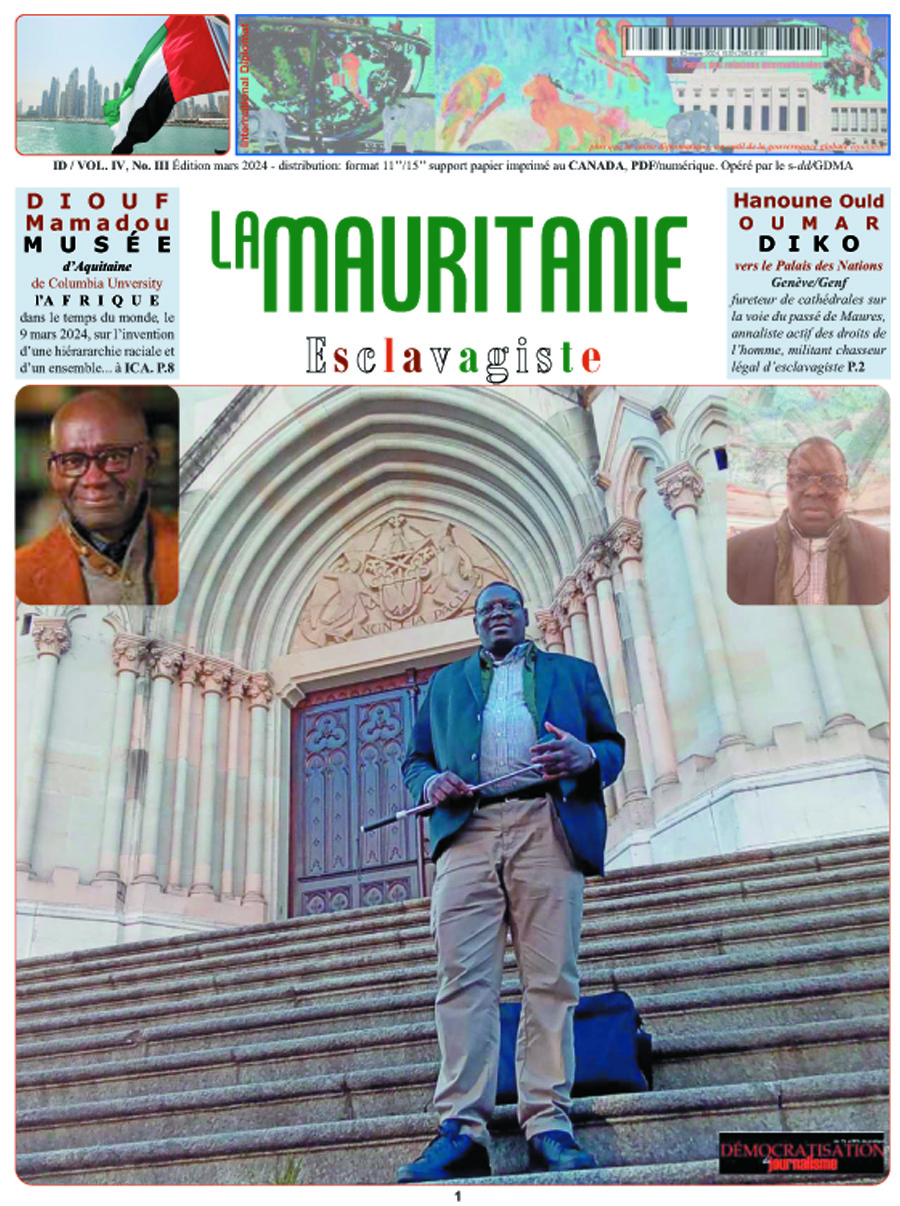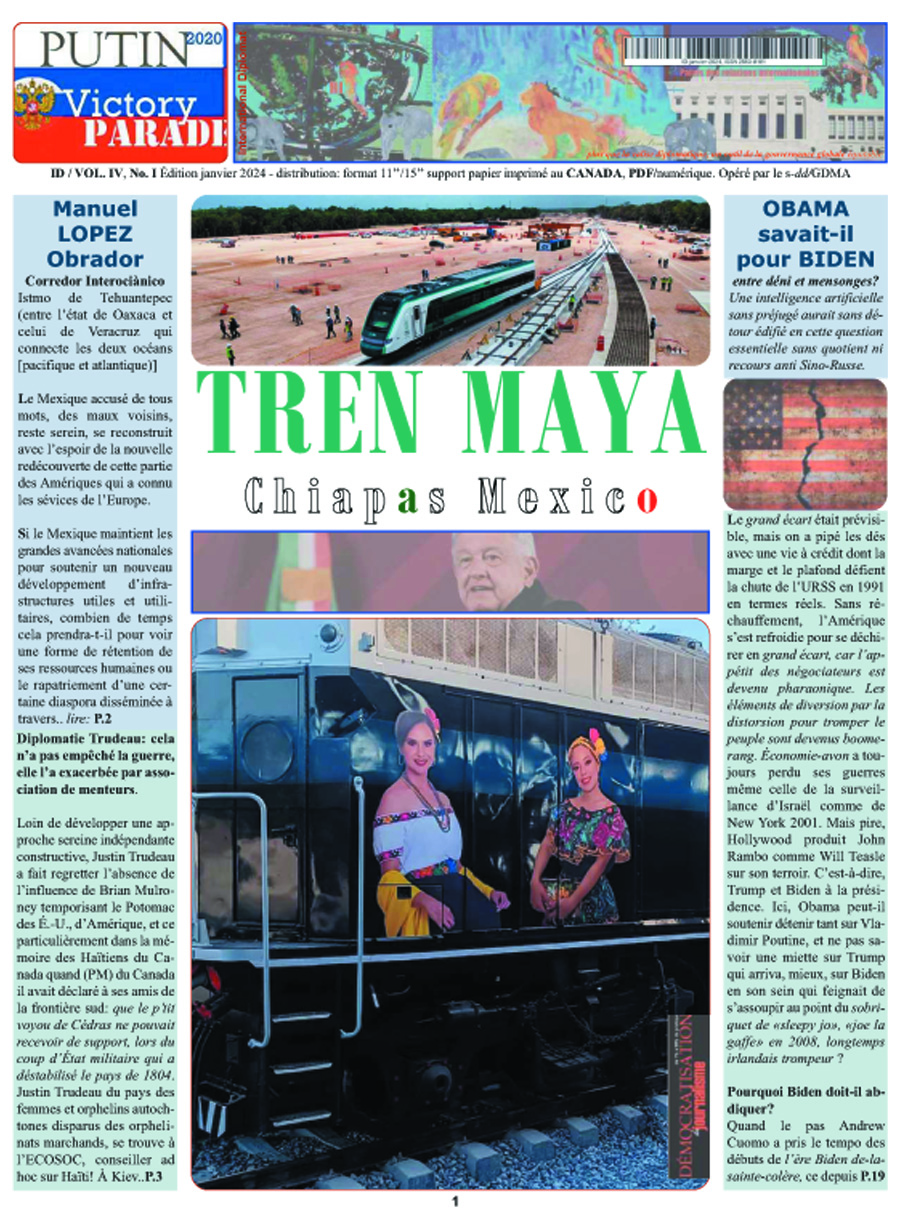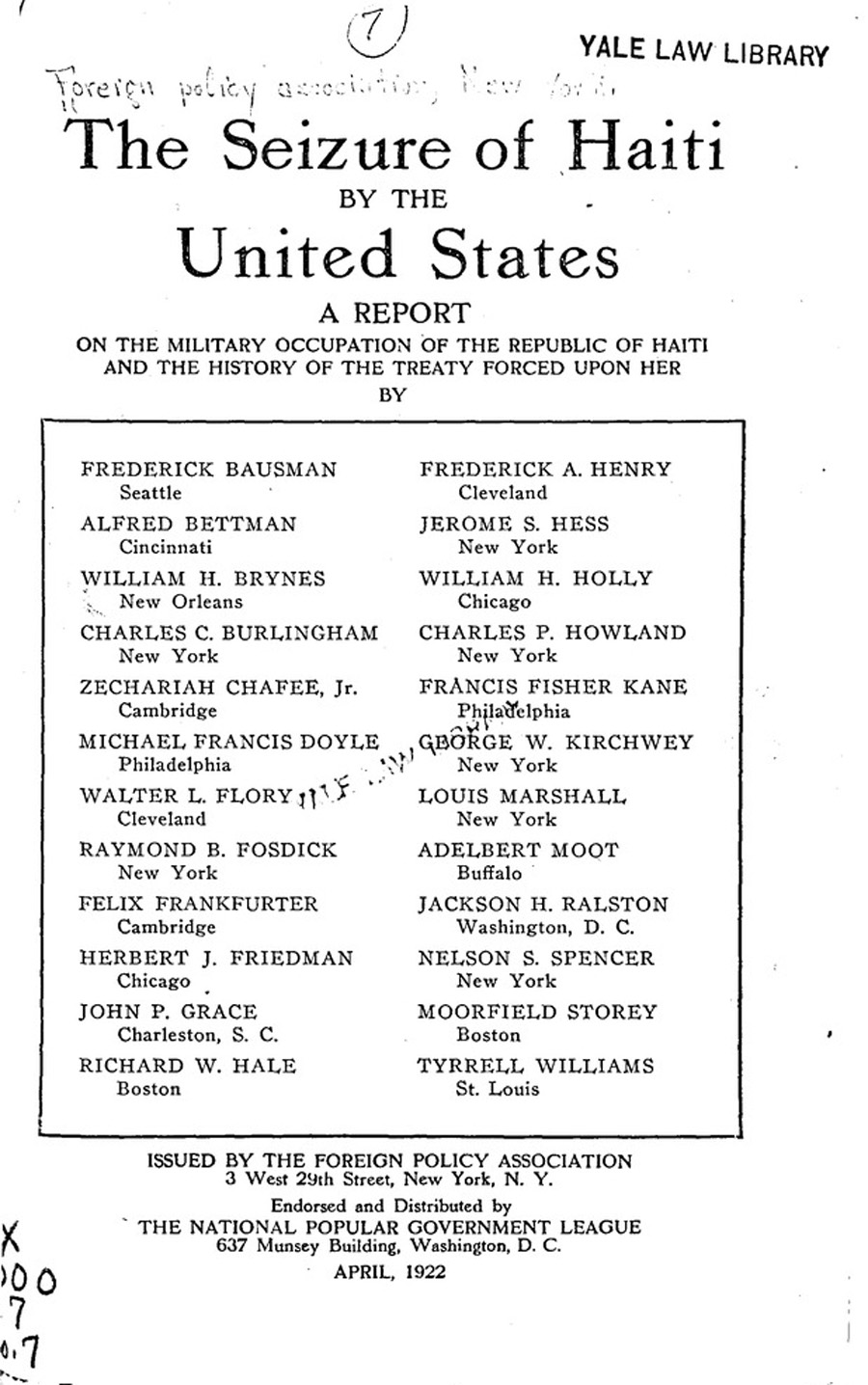Now that many environmental groups are beginning to realize that nuclear energy is no longer the scare that it was some years ago (see, for example, the Tribune de Gen?ve, 16 January 2007, p. 7), maybe it’s time to understand what nuclear energy is, and in particular where the future of this technology lies.
Energy in general
Firstly, let’s think about energy in general terms for our society. To simplify matters, we can state that there are two basic types of energy: base energy and supplemental energy. Base energy requires hefty amounts of the stuff to run heavy industry (such as steel mills, cement factories, major transportation, and lots of similar things) and supplemental energy (such as heating, lighting and all the conveniences of home and business).
Base energy
Within the next few decades it is unlikely that the sources of energy needed for heavy industry will change, although efficiencies in their use will no doubt take place. That source is — and will remain — fossil fuels for at least 90% of the demand. Fossil fuels are oil, gas and coal. When burned, they all — unavoidably — add carbon dioxide (CO2) to the atmosphere, and we all know that CO2 is a major contributor to the greenhouse effect. This CO2 is « new », in that it is based on carbon that was laid down hundreds of millions of years ago, and is being released to the atmosphere with no equivalent amount of CO2 being removed. But for most of the heavy industry applications noted above there simply is no major alternative.
For some important base energy uses, particularly transportation, bio-fuels are being developed. These fuels include wood, but more importantly bio- alcohols and some vegetable oils used for automotive transport. They are inter-mediary between fossil fuels and other non-CO2-producing technologies. While burning bio-fuels does produce CO2, the amount produced is roughly equal to the amount withdrawn from the atmosphere during growth of the bio-product. We all remember from school that plants use CO2 taken from the air via photosynthesis to build their structures. Thus, the net greenhouse-gas effect of burning bio-fuels is close to zero. Environmentally, bio-fuels are a « good thing », but then comes an economic struggle for agricultural planning — is it more profitable to grow food or energy?
Supplemental energy
Supplemental energy supply, on the other hand, is going through tremendous changes, with classical fossil fuels being replaced by a host of newer technologies which are cleaner, safer, and getting ever more economical. Here is where electri-city plays the major role.
For supplemental energy, the most important raw materials in most countries are still fossil fuels, which are burned — as in heavy industry applications — with the accompanying CO2 emissions. The energy derived is then usually converted into electricity. However, there are numerous alternative energy sources that are not carbon-based, virtually all of which are used to generate electricity without creating carbon dioxide. The most important of these sources are solar power, wind power and nuclear energy.
Solar power is nice when one has sunlight, but technologies are also being developed to generate electricity even under low light exposure; the economics are not great however. Wind farms are developing across areas where winds tend to be most regular and most intense. Large collections of solar panels and windmills do tend to put a scar on the landscape where they are installed — usually in areas which are either sunny or coastal — that is, pretty places!
The most controversial type of electricity generation is that based on nuclear energy, although there is already an amazing amount of commercial, practical experience with it. France, in percentage terms, is the world’s leading generator of electricity using nuclear reactors, with nearly 80%(!) of the national electric supply from fifty-nine nuclear plants. In the twenty-seven EU countries, there are already 152 reactors producing 30% of Europe’s electricity. In Switzerland, there are five reactors generating 40% of the national electrical supply; in the United States, there are 104 reactors producing nearly 20% of all electricity. So nuclear energy is real, significant — and most importantly — safe and non-polluting.
Safe, I hear you cry, but what about Chernobyl and what about Three Mile Island? And what about nuclear waste? Well, of course, Chernobyl was a disastrous accident which happened twenty years ago, and few people will deny that it was probably the worst industrial accident the world has ever seen. But no other reactor in the modern world is like Chernobyl — that type of reactor hasn’t been made for over twenty years and none will be. It was old-fashioned even when it was built! Three Mile Island was an accident that didn’t happen — but it was pretty close, and lessons were learned. No other significant accident has occurred with nuclear energy worldwide.
One could spend a lot of time discussing these items, but we should move on to the principal purpose of this article — that is, to explain how nuclear energy is generated and, in particular, what new types of nuclear energy are foreseen.
Nuclear energy
Nuclear reactions, unlike chemical reactions, take place using bits (particles) in the central part (the nucleus) of the atom. As you will remember from school science classes, atoms are the smallest part of an element, and have a nucleus, the home of protons and neutrons (and a bunch of other small, lightweight particles being discovered by CERN all the time), as well as electrons orbiting around the outside of the nucleus. There are heavy atoms with lots of protons and neutrons, and lighter ones with very few.
Fission
Many of the heavy elements have unstable nuclei, and tend to disintegrate over time, but that « time » can be extremely long — centuries — or extremely short — milliseconds. When they disintegrate, they spin off some of the particles in the nucleus, which sometimes bang into other nuclei and cause them to disintegrate also. If one has a lot of these unstable (« radioactive ») nuclei near enough to each other such that the disintegrations happen extremely quickly, all hell breaks loose and you have a chain reaction.
So, if you get the right kind of unstable element with the right amount of it present (the critical mass), you get a nuclear explosion — an atomic bomb. This is usually not a pleasant situation, and obviously not a normal one — bombs aren’t going off all the time. The idea is to produce a mixture where the unstable nuclei are mixed in with stable ones. For nuclear energy reactors, the most common mix is stable uranium (called U238) with unstable uranium (U235), so that the concentration of the U235 allows control of the disintegration reaction.
This is the basis of present-day nuclear energy: the controlled disintegration of radioactive unstable nuclei (radioactive isotopes). In a simplified nuclear power plant, the mixture used for fuel rods consists of a fairly low concentration (about 3.5%) of U235 mixed into an enormous amount of U238. The disintegration or breaking up of these heavy nuclei is called « fission »: fission of U235 or other radioactive isotopes (e.g. plutonium 239) produces two or more other nuclei of lower mass — and a very small net loss of mass; this mass loss is converted to energy through Einstein’s famous E=mc2 equation. The remaining material is a complex mixture of other elements, some of which are radioactive; this mixture is the infamous nuclear waste, which requires processing and careful disposal.
So, in simple terms: uranium is mined, enriched to bring the U235 content up to 3.5% from the naturally-occurring 0.7%, made into fuel rods which in a reactor generate heat during fission, which makes steam, which turns turbines and which ultimately makes electricity. This is the commercial process known as nuclear fission energy.
One can see that there is no carbon dioxide and no other greenhouse gases produced in this system for generating electricity, but there is nuclear waste; this is probably the most difficult problem nuclear power plants have to deal with — but there are solutions. The Swiss Federal Office of Energy, for example, is mounting an exhibition concerning this problem in all cantonal offices of land management from 15 January to 20 April 2007, details of which can be found onwww.dechetsradioactifs.ch.
Fusion
But there is a newer, more exciting type of nuclear energy, which (unfortunately) is not yet commercially available, or indeed technically proven. This is based on the controlled reaction that powers the sun (and the hydrogen bomb), and is known as nuclear fusion energy. Here, instead of splitting the atom, as in fission, the idea is to fuse together nuclei of very light atoms — particularly hydrogen and some variants (isotopes) which are extremely abundant on the earth’s surface. Ocean or river water is the main raw material source for the hydrogen and its isotopes. The amount of energy that can be obtained by efficient fusion reactions is phenomenal. It is claimed that the energy available in one half of a bathtub of ocean water is enough to provide all the energy requirements of an average person living in Europe for thirty years!
Electricity from nuclear fusion is in principle the cleanest, safest and cheapest form of energy we can have — if only it can be made to work! In a series of famous quotes, Glenn Seaborg, an American Nobel laureate in nuclear chemistry, predicted in 1950 that we would have fusion power in twenty years; in 1970 he made the same forecast and in 1990 once again. He died in 1999, and we still don’t have fusion! But it should work — it is the basis of the thermonuclear (or hydrogen) bomb, which works. The sun has been using this same nuclear reaction to generate light and heat for millennia.
If the challenge to control the reaction can be conquered, we have a virtually unlimited source of energy which has a very low probability of an accident occurring; in the fusion system there is only a very small amount of fuel at one time (on the order of one kilogram), and the supply can be shut off instantly should things start running amok. There are essentially no nuclear waste products or by-products. And, of course, there are no oil spills, coalminers’ lung diseases or greenhouse gases. The main by-product of the reaction is principally helium, which is light, non-toxic and has no known negative effects on the environment.
The major difficulty is the extreme conditions needed for the fusion of hydrogen (or its isotopic variants deuterium and tritium). These nuclei must come together in very close proximity, such that the repellant force of two positive particles is overcome by the strong force of nuclear binding. This requires literally several million degrees Centigrade in a very controlled environment, and this of course poses immense problems: 1) how do you generate such temperatures? 2) what do you keep the hydrogen in, if it’s that hot? 3) will the amount of energy produced be more than the amount you need to generate the heat? 4) et cetera!
Answers to these questions have been developed, in part, and although serious progress has been made, we do not yet have commercial fusion energy. Work on this form of energy has been going on in laboratories all around the world. The best answers so far are something like the following: 1) you point a whole lot of very powerful laser beams at one spot, and run a pretty hot stream (a plasma) of hydrogen or its isotopes through that spot; 2) you keep the hot spot suspended in a magnetic field. The most used system to do this involves a tokamak, a donut-shaped or automobile tire-shaped device used to concentrate the magnetic field, with the hot spot in the centre. A list of tokamaks in operation worldwide (some twenty to twenty-five machines: www.en.wikipedia.org/wiki/Tokamak) includes one in Lausanne at the EPFL. 3) additional energy has been produced — rarely — and although the theory says absolutely « yes », the conditions are extremely demanding. The question is much more complex than it sounds.
But today interest in nuclear fusion is re-awakening. A second-generation International Thermo-nuclear Experimental Reactor (ITER) with a budget of US$13 billion (Euro 10 billion, half of which will come from the EU) has just been announced, to be built in Cadarache, France, of 500 MW; start of full-scale operation is expected in 2016. Thirty nations have pledged support, and the principal goal is to provide the definitive answer: will fusion technology ever work?
Conclusions
Overall, and under current regulatory measures, the OECD expects nuclear fission to remain economically competitive with fossil fuel generation.
Total independence for energy for every country, using safe, clean and healthy technologies — shouldn’t this be the goal of energy development projects?





